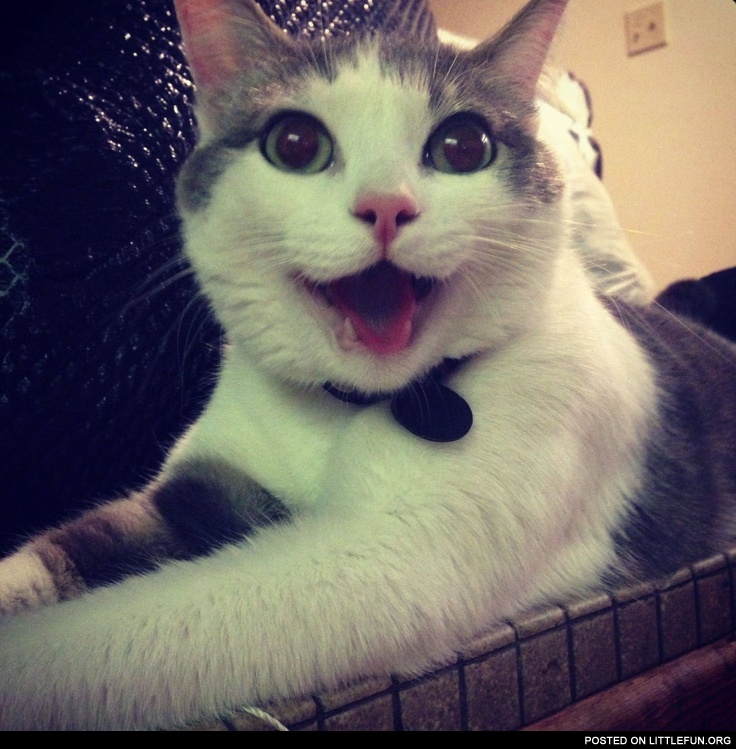Hepatic lipidosis is a condition more commonly known as
fatty liver disease. It primarily affects our cat population. While any cat can
be affected it seems to be more prominent in overweight cats. Fat will
infiltrate the liver and essentially cause it to stop functioning
appropriately. This can lead to a very sick cat! Many times fatty liver will
occur in an overweight cat that has lost a significant amount of weight in a short
amount of time. This could be due to an underlying disease (consider diabetes,
primary liver disease, pancreatitis inflammatory bowel disease or infectious
agent), stress or too aggressive weight loss program. A full work up is needed
to rule out underlying conditions.
Symptoms of this condition can be demonstrated in a variety of
ways. One is yellowing of the skin, the sclera of the eye or the mucous
membranes. In people this symptom is known as jaundice but in animals many
times we call it icteric. Other signs can include vomiting, severe weight loss,
becoming weak or lethargic. Some animals are so nutrient deficient that they
will be unable to lift their head. The liver also plays an important roll in
proper blood clotting so some animals may not be able to clot proficiently.
This can lead to bruising throughout the body or even internal bleeding.
 |
| Yellowing of the gums (photo source) |
As mentioned above a full body work up is necessary to
ensure all possible underlying causes are ruled out. This will include blood
work which will generally demonstrate abnormalities in the liver values.
Radiographs (x-rays) can help visualize for any masses that could be present as
well as assess the size of the liver. Abdominal ultrasound can be beneficial
for assessing structures. Ultrasound guided aspirates (or samples) from the
liver can be helpful in making a diagnosis.
| Feeding tube in cat (photo source) |
The most important aspect of treatment is providing calories
for these cats. In some cases they may even need a feeding tube if they refuse
to eat. Most cases need at least a few days in the hospital for supportive care
with fluids and management of feeding tubes. Treatment time varies depending on
severity of the condition and animal’s response. It can take months. Dedication
to a strict diet and correcting any underlying conditions that are found can
improve the prognosis.
Fatty liver (hepatic lipidosis) is a very serious conditions
and needs to be addressed immediately. It is important to work with your
veterinarian should this condition arise in your cat. For more information you
can visit this website.


No comments:
Post a Comment